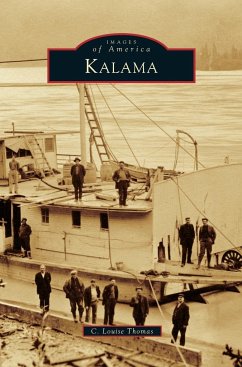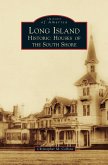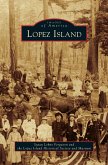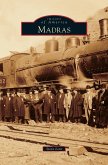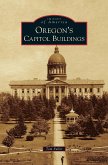Pioneers had first settled in the area along the Columbia River by 1847, but Kalama was not officially incorporated there until 1890. Early riverboats stopped in Kalama to obtain timber to fire their boilers. The Northern Pacific Railroad chose Kalama as the site to land its rail-transfer ferry, and it also became the terminus for Northern Pacific Railroad to complete a rail line to Puget Sound. The city grew and flourished around these industries. However, it also endured many hardships, surviving devastating floods, a fire that destroyed the business district, and the loss of its agricultural base, but each time, the citizens rebuilt. With the second-largest port by volume in Washington State and a growing industrial base, Kalama continues to prosper today. People are drawn to its small-town charm and advantageous location along the I-5 corridor and the Columbia River, where rail, road, and river meet.
Hinweis: Dieser Artikel kann nur an eine deutsche Lieferadresse ausgeliefert werden.
Hinweis: Dieser Artikel kann nur an eine deutsche Lieferadresse ausgeliefert werden.

